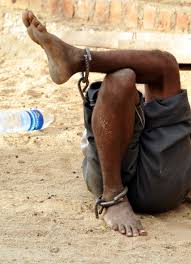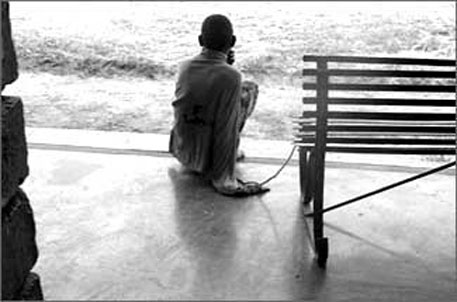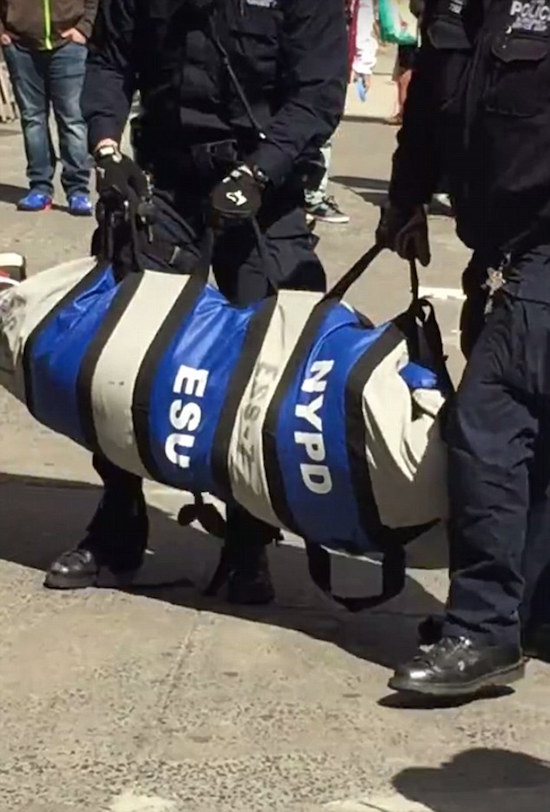
(9-26-16) Mental health advocates are expressing outrage about a new Halloween amusement park ride that demonizes individuals with psychiatric disorders.
Initially called: Fear VR: 5150, the virtual reality “haunted experience” promises to scare patrons by transporting them inside a psychiatric hospital where a demonically possessed patient is on the loose.
The 5150, which refers to California police code for a mentally ill person who is a danger to himself or others, was dropped from the title last week after several bloggers, including my friend, Chrisa Hickey at The Mindstorm, joined the National Alliance on Mental Illness chapter in Orange County in complaining to the ride’s makers — Hollow Studios — and Knott’s Berry Farm where it is being featured.
Knott’s Berry Farms is offering the ride as part of a seasonal Halloween Haunt. It also is being featured at California’s Great America park in Santa Clara and Canada’s Wonderland outside Toronto.
News of the offensive ride spread after The Los Angeles Times (a paper whose editors should have known better) published a flattering review of the ride written by Brady MacDonald who described his five minute “VR experience” as “immersive, captivating and scary.”







